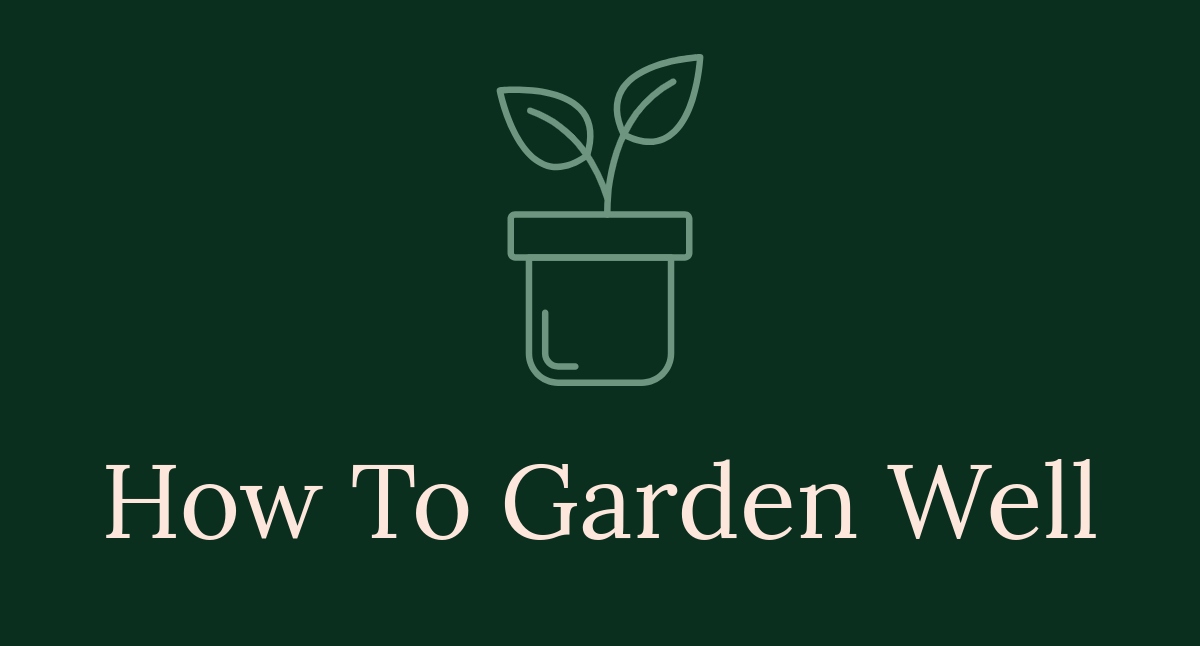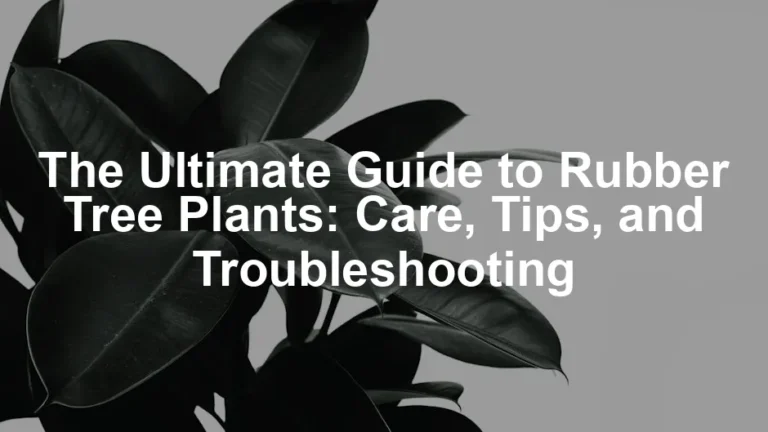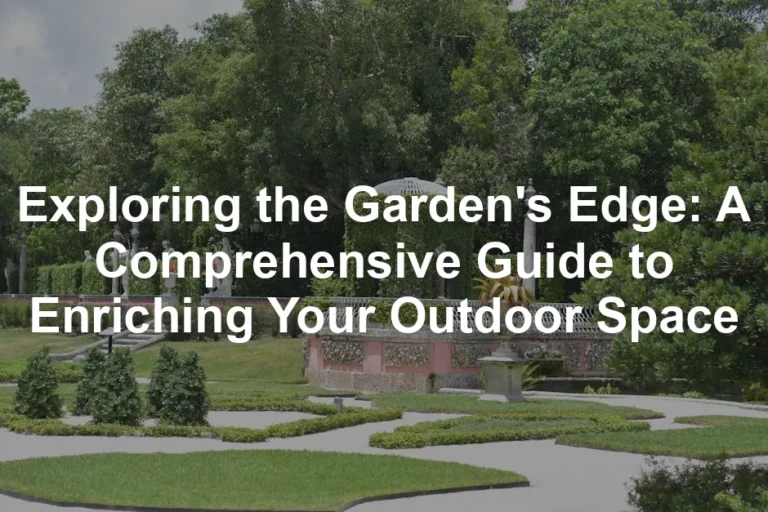
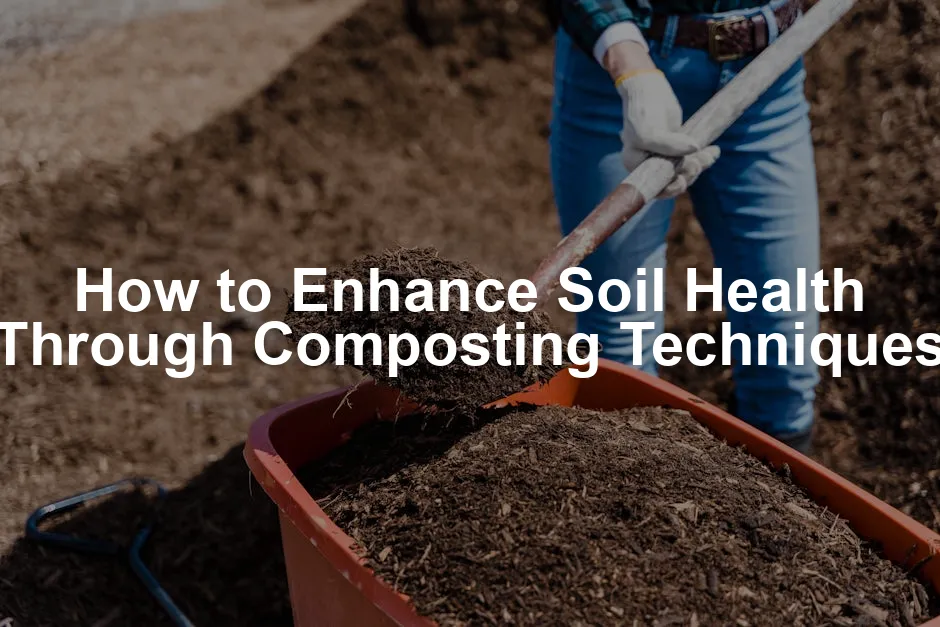
How to Enhance Soil Health Through Composting Techniques
Introduction
In the grand tapestry of agriculture, soil health holds the golden thread that binds it all together. Imagine a world where our backyards flourish with vibrant gardens, farmers reap bountiful harvests, and our ecosystems thrive—all thanks to the magical power of composting. Composting not only provides a solution to managing organic waste, but it also enriches our soil and enhances its vitality.
So, what exactly is composting? It’s the art of turning kitchen scraps and yard waste into nutrient-rich black gold for your garden. It’s nature’s way of recycling, transforming leftover vegetable peels, grass clippings, and even eggshells into a rich soil amendment. This process is not only eco-friendly but also immensely beneficial for your garden.
Did you know that healthy soil is a bustling hub of life? It’s home to countless microorganisms that play a crucial role in breaking down organic matter, releasing nutrients, and supporting plant growth. When we compost, we feed these tiny helpers, allowing them to thrive and do their job effectively. The result? Soil that’s not only more fertile but also better at retaining moisture and resisting pests and diseases.
Composting is a simple yet powerful technique that can be done in your backyard or even your kitchen. It’s a hands-on way to connect with nature and contribute to environmental sustainability by reducing waste and enriching the soil. This article explores effective composting techniques to enhance soil health and transform your garden into a thriving ecosystem.
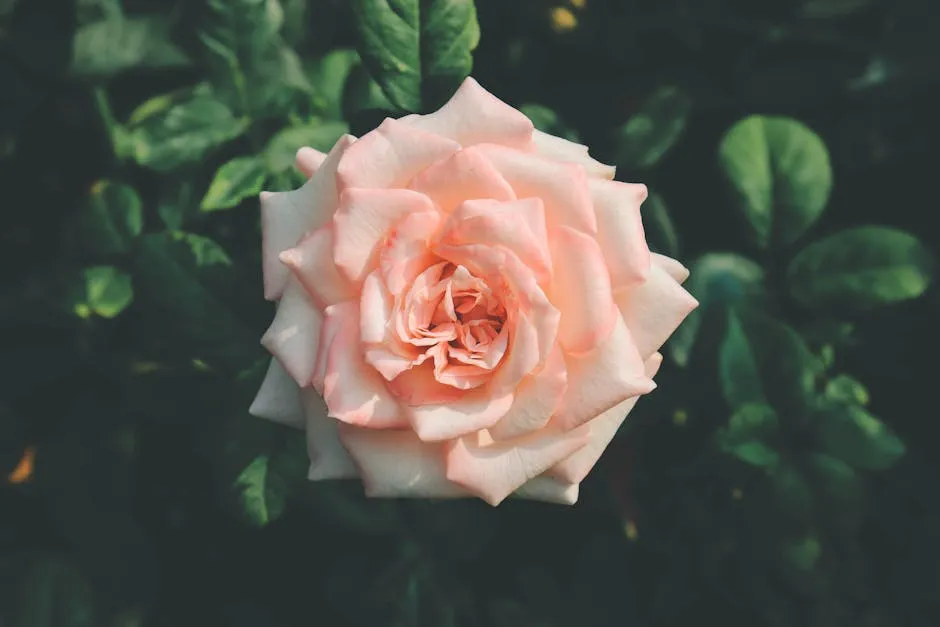
Ready to roll up your sleeves and dive into the world of composting? Hold onto your gardening gloves! We’re about to embark on a journey through the art and science of composting that promises to turn your garden into a flourishing paradise while boosting soil health. So let’s get started on our composting adventure!
Importance of Soil Health
Definition of Soil Health
Soil health is about more than just dirt. It refers to the soil’s ability to sustain plant and animal productivity, support ecosystem functions, and maintain overall vitality. Healthy soil has a rich microbial life, ample organic matter, and the right balance of nutrients. Indicators of soil health include microbial biomass, organic matter content, and nutrient availability.
Why Soil Health Matters
Soil health is crucial for agricultural productivity. Healthy soil enhances crop yields, which directly influences food security. Without fertile soil, crop production suffers, and food supply diminishes. This impacts communities and economies relying on agriculture.
Moreover, healthy soil plays a significant role in climate change resilience. Well-structured soil retains moisture and reduces runoff, mitigating drought effects. It also sequesters carbon, helping combat greenhouse gas emissions. Healthy soils can buffer against extreme weather, making them essential for sustainable agriculture. By enhancing soil health, we not only support our food systems but also contribute to the planet’s stability.
Speaking of enhancing soil health, have you considered investing in a Soil Tester Kit? It’s a game changer for understanding your soil’s nutrient levels and pH balance, ensuring your plants get exactly what they need to thrive. Think of it as the ultimate soil health diagnostic tool that even your plants would applaud!

The Composting Process
What is Composting?
Composting is the biological decomposition of organic matter. Think of it as nature’s recycling program! This process transforms kitchen scraps, yard waste, and other organic materials into nutrient-rich compost. Microorganisms, such as bacteria and fungi, break down these materials, resulting in a dark, crumbly substance that nourishes the soil.
Composting is an eco-friendly solution to waste management. Instead of tossing food scraps into landfills, why not turn them into something beneficial? This not only reduces landfill waste but also enriches our gardens. Composting is a simple yet impactful way to contribute to a healthier environment.
If you’re serious about composting, consider getting a Compost Bin. It’s a stylish and efficient way to manage your composting efforts, keeping things tidy while speeding up the decomposition process. Your future garden will thank you for it!
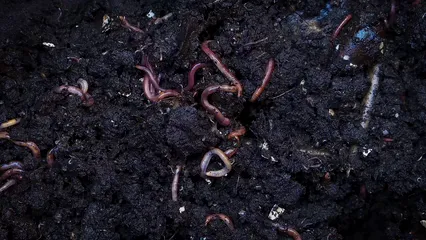
The Composting Cycle
The composting cycle involves three main stages: collection, decomposition, and application. First, gather organic materials like vegetable scraps, grass clippings, and leaves. This is your collection phase.
Next comes decomposition. In this stage, microorganisms break down the organic matter. Factors like temperature, moisture, and aeration play crucial roles here. Finally, we have the application stage. Once the compost is ready, it can be spread on gardens or fields, providing a vital nutrient boost to the soil.
Key Ingredients
To create high-quality compost, balance is key! You need both green and brown materials. Green materials are nitrogen-rich, such as vegetable scraps and grass clippings. Brown materials, like dried leaves and straw, are carbon-rich. Aim for a balanced mix to ensure effective decomposition.
When choosing materials, avoid meat, dairy, and oily foods. These can attract pests and create odors. Instead, focus on plant-based materials for the best results. With the right ingredients, your compost pile will thrive, leading to a nutrient-rich end product that benefits your soil immensely.
And speaking of right ingredients, if you’re looking for a great way to get started, check out this Organic Gardening Book. It’s a treasure trove of tips and tricks to enhance your gardening journey and composting success!

Techniques for Effective Composting
Traditional Composting Methods
Hot Composting
Hot composting is a rapid method that generates high temperatures, speeding up decomposition. To achieve this, maintain an ideal temperature range of 130°F to 160°F. This heat kills pathogens and weed seeds, resulting in high-quality compost. Turn the pile regularly to aerate it and monitor moisture levels. A well-managed hot compost pile can yield finished compost in just a few weeks!
Cold Composting
For those who prefer a more laid-back approach, cold composting is a great option. This method involves simply piling organic materials together without the need for constant monitoring. It takes longer for the compost to break down, often several months to a year. However, it’s perfect for beginners or those with limited time. Just keep adding materials, and let nature do the rest!
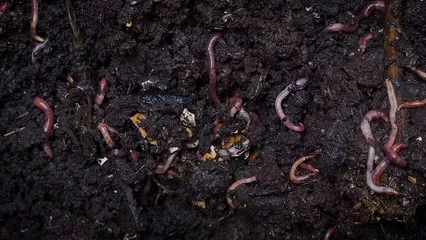
Advanced Composting Techniques
Vermicomposting
Vermicomposting utilizes worms, particularly red wigglers, to break down organic matter. These little heroes munch on kitchen scraps, turning them into nutrient-rich castings. It’s an excellent method for small spaces, such as apartments. Just set up a Worm Composting Bin, add your scraps, and watch the magic happen!
Bokashi Composting
Bokashi composting is a fermentation-based method that works wonders for kitchen scraps. This technique uses a special mix of microbes to ferment the organic waste, breaking it down into a nutrient-rich paste. It’s an excellent option for those who want to compost meat and dairy, as it can handle these materials without attracting pests. After fermentation, the mixture can be buried in the soil, where it will further break down and enrich the earth.
By employing these composting techniques, you can ensure that your soil remains healthy and vibrant, fostering a thriving ecosystem in your garden or farm. Each method offers unique benefits, so choose one that fits your lifestyle and start enhancing your soil health today!
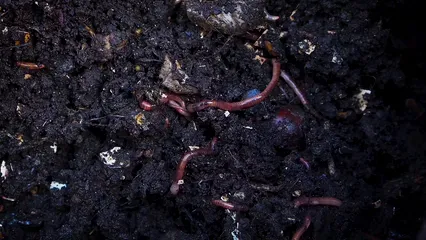
Application of Compost
How to Use Compost in Gardens and Farms
Using compost effectively can transform your gardening and farming game. There are several methods to apply compost, each with unique benefits. The first is topdressing. This involves spreading a thin layer of compost on the soil surface around your plants. It’s like giving your plants a cozy blanket of nutrients! This method improves soil structure while allowing moisture and nutrients to penetrate.
Next up is tilling. This method mixes compost into the soil. It’s especially beneficial for larger gardens or farms. By incorporating compost into the soil, you enhance nutrient availability throughout the growing season. Just remember to avoid over-tilling, which can disrupt the soil structure.
Then there’s trenching. This technique involves digging trenches and filling them with compost. It’s particularly useful for planting new seeds or bulbs. As the compost breaks down, it releases nutrients straight to the roots, giving your plants a head start.
Timing is key when applying compost. Early spring, just before planting, is ideal. This timing helps integrate compost into the soil. However, you can also apply it in the fall to allow it to break down over winter. Aim for two to three applications per growing season for best results.
Don’t forget to keep your composting efforts eco-friendly with Compostable Trash Bags. They’re perfect for collecting your kitchen scraps while ensuring you’re being kind to Mother Earth!
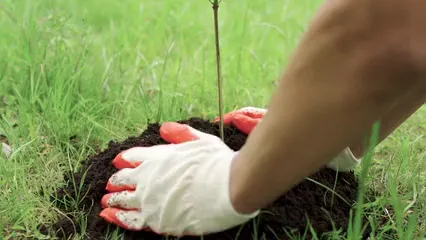
Benefits of Compost Application
Compost is a powerhouse for enhancing soil health! One major benefit is improved soil structure. Compost helps create a crumbly texture, allowing for better aeration and drainage. This means your plants can breathe easier, and water won’t pool like an unwelcome guest at a party.
Nutrient content also skyrockets with compost application. Compost provides nitrogen, phosphorus, and potassium—essential nutrients for plant growth. This natural fertilizer supports robust plant health and boosts crop productivity. Plus, compost enhances moisture retention, reducing the need for frequent watering. Your plants will thank you during those hot summer days!
Long-term benefits include increased biodiversity in your soil. Compost fosters a thriving ecosystem of beneficial microorganisms. These tiny allies break down organic material, making nutrients available to plants. In return, healthy soils can better resist pests and diseases, reducing the need for chemical treatments.
Additionally, compost improves overall soil resilience. It helps soil retain carbon, which is crucial for combating climate change. Healthy soils mitigate erosion, maintain water quality, and support sustainable farming practices.
In essence, applying compost is like investing in a high-yield savings account for your soil. The dividends are plentiful, leading to healthier plants, bigger harvests, and a thriving ecosystem. So, roll up those sleeves, grab that compost, and let’s enrich our gardens and farms with nature’s best!
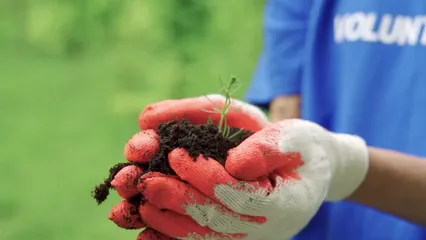
Troubleshooting Tips
Composting is a fantastic journey, but sometimes, bumps appear along the way. Here are some common problems you might encounter, along with simple solutions to keep your composting adventure on track.
Odor Issues
A smelly compost pile can be a real nose cringer! If your compost smells like a rotten egg, it may be too wet or lacking oxygen. To fix this, turn the pile more often to aerate it. Adding more brown materials, like dried leaves or cardboard, can help absorb excess moisture. Aim for that earthy scent—it’s the perfume of a healthy compost!
Pest Problems
If you notice uninvited guests munching on your compost, take action. Rodents and insects can be attracted to food scraps, especially fruits and veggies. To deter pests, bury kitchen scraps deeper in the pile and cover the top with browns. You can also use a compost bin with a tight lid to keep critters at bay. A little prevention goes a long way!
Slow Decomposition
Is your compost taking ages to break down? The culprit could be a lack of balance. Make sure you have a good mix of green (nitrogen-rich) and brown (carbon-rich) materials. Also, check the moisture level—your compost should feel like a wrung-out sponge. If it’s too dry, sprinkle some water; if it’s too wet, add more browns. With a little tweaking, you’ll have that compost ready in no time!
By keeping an eye out for these issues and implementing these tips, your composting experience will be smooth sailing. Remember, even the best composters encounter hiccups. Just keep learning and adjusting. Happy composting!
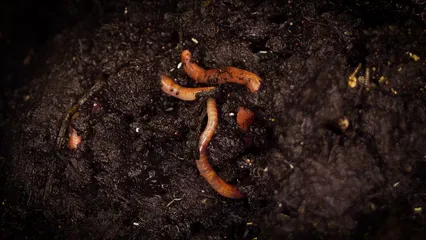
Conclusion
In conclusion, enhancing soil health through composting techniques is not just a trend; it’s a vital practice for sustainable agriculture and environmental stewardship. By understanding the composting process, employing effective techniques, and applying compost wisely, we can create a healthier ecosystem that benefits both plants and the planet.
Composting isn’t merely a backyard hobby; it’s a powerful tool. When we compost, we recycle organic waste, turning it into a treasure trove of nutrients. This “black gold” enriches our soil, boosting its structure and fertility. Healthy soil, in turn, nurtures plants and promotes biodiversity. It’s a beautiful cycle of life!
Whether you’re a backyard gardener or a large-scale farmer, composting offers significant rewards. Not only does it enhance soil health, but it also reduces landfill waste and lowers greenhouse gas emissions. Each composting effort is a step toward a more sustainable future. Plus, it’s like giving your garden a superfood boost!
So, how do you get started? Gather your kitchen scraps, yard waste, and other organic materials. Create a balanced compost pile, monitor it regularly, and watch it transform. With patience and care, you’ll produce nutrient-rich compost ready to rejuvenate your garden.
Composting isn’t just about the end product; it’s about the journey. It’s about learning, adapting, and celebrating the wonders of nature. As you compost, you’ll witness the incredible transformation of waste into a vital resource. So, roll up your sleeves, get your hands dirty, and join the composting revolution!
Together, we can revitalize our soils and secure a sustainable future for generations to come. Let’s make composting a common practice and embrace its potential to enrich our ecosystems. Happy composting, everyone!
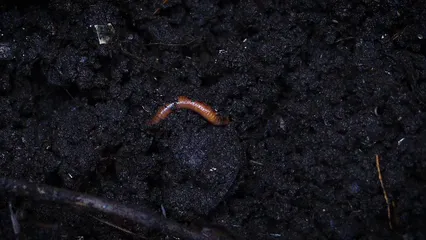
FAQs
What can I compost?
You can compost a variety of organic materials, including kitchen scraps like fruit and vegetable peels, eggshells, coffee grounds, and yard waste such as leaves, grass clippings, and small branches. Avoid composting meat, dairy products, and oily foods, as these can attract pests and cause odors. Stick to plant-based materials for the best results!
How long does it take to make compost?
The time frame for composting varies based on the method you choose. Traditional hot composting can take about 4 to 6 weeks if managed properly. Cold composting, on the other hand, is a slower process and may take several months to a year. Factors influencing composting speed include temperature, moisture levels, and the balance of green and brown materials.
Can composting help reduce waste?
Absolutely! Composting significantly reduces the amount of organic waste sent to landfills. By composting food scraps and yard waste, you’re not only minimizing waste but also contributing to healthier soil. It’s a win-win for you and the environment!
Is composting difficult to start?
Not at all! Composting is quite simple, even for beginners. Start by gathering your materials and choosing a composting method that suits your lifestyle. With some basic knowledge and a little practice, you’ll be well on your way to creating your own nutrient-rich compost in no time!
What materials can be composted?
You can compost various materials, including fruit and vegetable scraps, grass clippings, leaves, and coffee grounds. Just remember to keep a balance of green and brown materials for optimal decomposition. Avoid adding meat, dairy, and oily foods to your compost pile to prevent unwanted pests and odors.
How long does it take for compost to be ready to use?
The composting process can take anywhere from a few weeks to several months, depending on factors like temperature and the materials used. You’ll know it’s ready when it’s dark, crumbly, and has an earthy smell. If you’re patient and attentive, you’ll reap the rewards of your composting efforts!
Can Composting Help Reduce Waste?
Composting is a champion in waste management. It tackles the mountains of organic waste we produce daily, turning it into something magical: compost! This process not only diverts food scraps and yard waste from landfills but also reduces greenhouse gas emissions. When organic matter decomposes in landfills, it generates methane—a potent greenhouse gas. Composting, on the other hand, allows decomposition to occur aerobically, significantly lessening methane production.
Imagine a bustling kitchen, where every apple core, banana peel, and leftover salad becomes a building block for soil health instead of a burden on our landfills. By composting, we give organic waste a second chance at life. Not only do we reduce the volume of waste sent to landfills, but we also create a nutrient-rich soil amendment that enhances plant growth.
In fact, composting can cut down the amount of waste we send to landfills by up to 30%. That’s a notable impact! Plus, it supports local ecosystems by returning nutrients to the soil. Healthy soil means healthy plants, which leads to healthier food systems. It’s a win-win for both the environment and our plates. So next time you’re about to toss out those vegetable scraps, remember: you’re not just reducing waste; you’re nurturing the earth!

Speaking of nurturing the earth, consider using Eco-Friendly Plant Fertilizer. It’s a fantastic way to boost your plants while keeping the environment happy. Let’s make our gardens bloom without harming the planet!
Is Composting Difficult to Start?
Is composting a Herculean task? Not at all! Starting your composting adventure is easier than pie—well, apple pie, to be specific. Here are some tips to ease you into composting practices without breaking a sweat.
First, keep it simple. You don’t need fancy equipment to start. A basic compost bin or even a pile in your backyard will do just fine. If you’re tight on space, consider vermicomposting, which uses worms to break down food scraps in a small bin. These little guys are nature’s recyclers!
Next, gather your materials. Aim for a mix of green materials (like fruit and vegetable scraps) and brown materials (like dried leaves and cardboard). A good rule of thumb is to layer them in a ratio of about 3:1. Too much green material? Your compost can get smelly. Too much brown? It’ll break down slower than a tortoise at a marathon.
Remember to maintain moisture. Your compost should feel like a wrung-out sponge. Not too soggy, not too dry—just right! Turning the pile occasionally will help aerate it, speeding up decomposition. Think of it as giving your compost a good stir.
Lastly, be patient. Composting is a process, and it may take a few weeks to several months to mature. But trust us, the wait is worth it! You’ll end up with a rich, dark compost that will rejuvenate your garden and make your plants sing with joy.
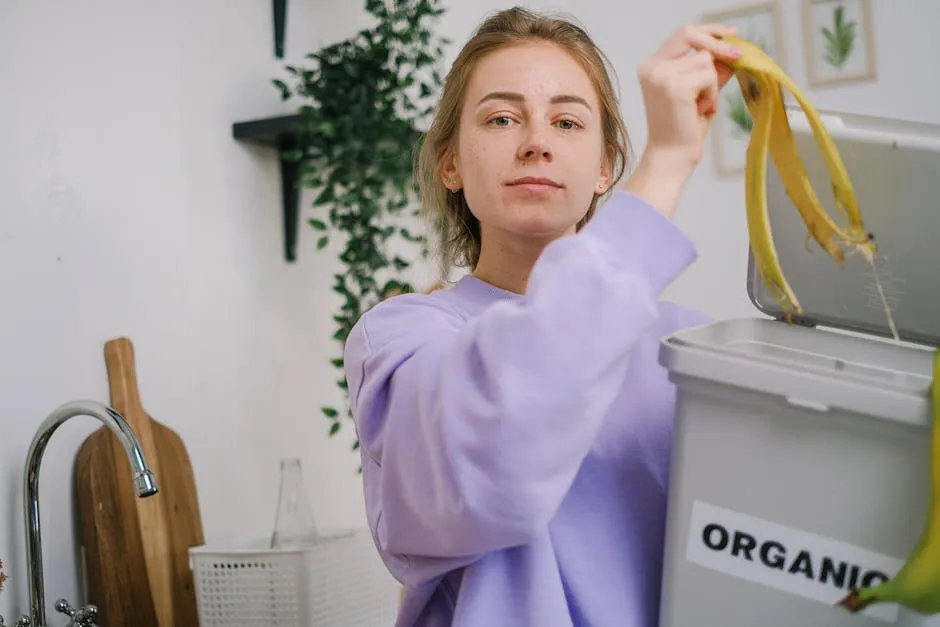
Please let us know what you think about our content by leaving a comment down below!
Thank you for reading till here 🙂
All images from Pexels
